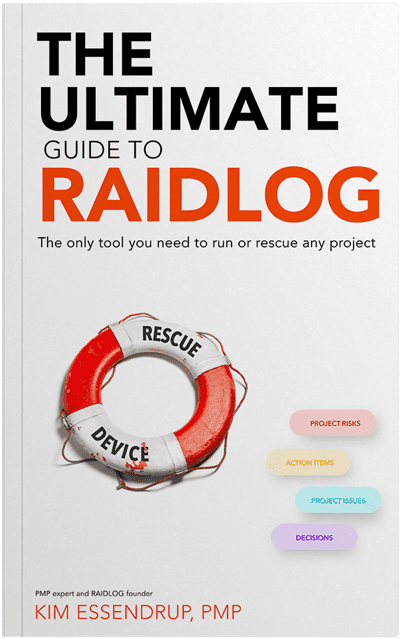Nobody knows everything about a project when it begins. All projects are exercises in progressive elaboration, learning more about the project, the deliverables and what you need to do to achieve them as you go along. In that journey, you will inevitably encounter decisions that have to be made; what color is the button? Where does the toilet get installed? Which of these conflicting stakeholders do we listen to? In every project, decisions have to be made and the Decision log gives you a way to plan, track and communicate those decisions.
Sidebar: A Decision Log is not just a list of decisions; it is a method for driving effective decision making in your project
Case Study: Approval of the Workers
Many years ago I ran a project for a company based in Germany. They had employees all across Europe, and we were excited to partner with them to roll out a new technology which would affect the majority of those employees, making their work lives just a bit easier.
We planned the project well, execution was right on target, budget was on and all of our stakeholders were happy. Bringing in this expansive, complex project on-time and on-budget was going to be a major win.
Being a large, mature enterprise, this organization had very structured change control processes which had to be followed to implement change to the organization. This process culminated in a presentation to their Change Board. Having tripped-up on this process in a previous project, our team was ready this time, following every step, every process, and submitting all the required documentation. So, two weeks before our change was to be implemented, we went into the dreaded Change Board meeting confident that we were going to get a green light on our final go-live. If we didn’t get approval in this meeting, we could be set back weeks or months.
In this meeting, made up of business and technology services executives, each project manager who had a pending change presented their proposed change, its risks and impacts, and asked for permission to proceed. When our turn came up, I presented our project, preemptively answering all the questions that I expected. I finished presenting and we were on the cusp of getting approval when one of the Change Board members said, almost off-handedly, “You have Workers Council approval on this, yes?”
(Gulp). “What is a Workers Council?”
As I would very quickly learn, the employees of large enterprises in some European countries, particularly Germany, may form a Workers Council. This council represents the company’s employees to corporate leadership. Workers Councils can be incredibly powerful organizations, with the authority to stop or reverse decisions made by even the highest level of corporate management if the decision impacts employees. Since my project impacted employees, the Change Board was probably right to assume it required the approval of the Workers Council. Which I clearly did not have or even know about.
Better yet, the Workers Council for this organization only met once per quarter. So, instead of going live in two weeks, we were potentially facing a delay of months because I hadn’t planned for Workers Council approval. How was I going to fund my team to hang around for a couple extra months waiting for approval? Did I just blow the timeline and budget for the entire project?
